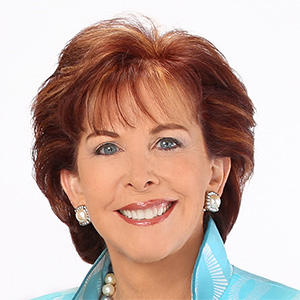Business
/ArcaMax
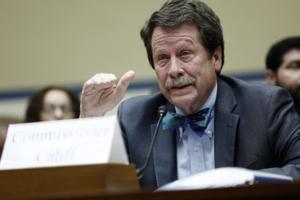
FDA publishes long-awaited front-of-package labeling proposal
With just days left in the Biden administration, the Food and Drug Administration on Tuesday unveiled its highly anticipated proposal to require manufacturers to display nutrition information on the front of packaged foods.
The proposal is several years in the making. The agency in 2022 announced its intention to develop a rule on such ...Read more

Retail woes widen as Macy's and Rite Aide reveal Bay Area job cuts
Macy’s has revealed that the company’s workers in the Bay Area and California face the loss of several hundred jobs due to the iconic retailer’s decision to close 66 stores nationwide and several in this state.
Separately, Rite Aide has disclosed it will shut the doors of one of its San Jose stores, a move that will eliminate more than a ...Read more

Is Kentucky's bourbon boom over? What's behind Brown-Forman layoffs, slipping sales
Kentucky’s bourbon distilleries have been expanding at a feverish pace in recent years, building warehouses to age more whiskey than ever before.
The state’s $9 billion industry employs more than 7,000 people, with thousands more in related fields, including tourism.
So Tuesday morning’s news that industry giant Brown-Forman is laying ...Read more

Colorado lawmaker sues Lyft over sexual assault by a driver, calling for more protections for riders
A Colorado state lawmaker is suing the ride-hailing company Lyft and a Colorado-based transportation outfit after she says she was sexually assaulted by her driver on a ride last year.
Rep. Jenny Willford, a Northglenn Democrat, spoke about the new lawsuit during a news conference in the state Capitol on Tuesday. She said she was sexually ...Read more
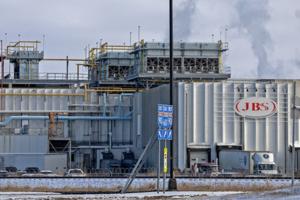
USDA says pig, poultry workers have high injury risk at certain processing speeds, staffing levels
More than 80% of poultry slaughterhouse workers and half of hog processing employees testing faster line speeds are at high risk of developing chronic conditions like arthritis and carpal tunnel syndrome, according to recent U.S. Department of Agriculture reports on line speeds and worker safety.
Current line speeds run up to 140 birds per ...Read more

UnitedHealth pushing back against DOJ lawsuit challenging $3.3B Amedisys deal
UnitedHealth Group is asking a judge to toss the federal government’s primary argument in its challenge to the Eden Prairie-based company’s proposed $3.3 billion acquisition of Amedisys, a home care and hospice company headquartered in Louisiana.
When the Justice Department sued in November to block the deal, the complaint alleged harm to ...Read more

You stay, you pay: Starbucks reverses open-door policy
Starbucks facilities in North America — including cafés, patios and restrooms — are now only available to paying customers, the company confirmed to the Daily News.
The announcement reverses an open-door policy implemented by the coffee giant nearly seven years ago, which allowed anyone to use its spaces “regardless of whether they make ...Read more
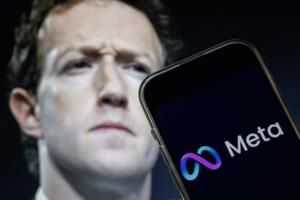
Meta to cut roughly 5% of staff, targeting lowest performers
Meta Platforms Inc. is cutting roughly 5% of its staff through performance-based terminations and plans to hire new people to fill their roles this year, according to an internal memo sent to all employees.
As of September, Meta employed about 72,000 people, so a 5% reduction could affect roughly 3,600 jobs. “I’ve decided to raise the bar ...Read more
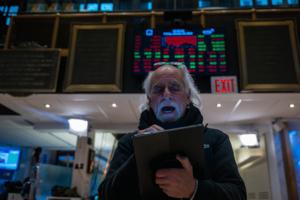
Traders brace for S&P 500's busiest CPI day since March 2023
Options traders whipsawed by the stock market’s recent gyrations are getting anxious that more bouts of volatility may arrive in the coming days, starting with Wednesday’s report on consumer prices.
Soaring bond yields and robust jobs data have put extra focus on the next consumer price index report. The S&P 500 Index is expected to move 1%...Read more

FTC says CVS, Cigna and UnitedHealth abuse middleman role
Units of CVS Health Corp., Cigna Group and UnitedHealth Group Inc. charged significantly more than the national average acquisition cost for dozens of specialty generic drugs, bringing in more than $7.3 billion in excess revenue over six years, the Federal Trade Commission said in a report on the drug middlemen.
The practice inflated costs for ...Read more
People of color pay higher interest on business loans, UW report finds
Asian, Black and Hispanic small-business owners pay higher interest rates on loans than their white counterparts, a new University of Washington report found.
UW researchers surveyed more than 2,700 businesses across 44 states about loans they had received in 2022 and the first half of 2023. Most of the respondents were firms that conducted ...Read more
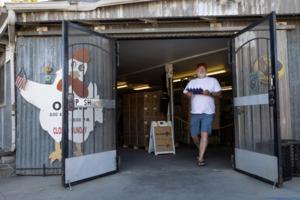
Eggs are scarce. Prices are up. This family egg farm is the new hot spot
The line of cars and trucks stretched Wednesday afternoon all the way to the edge of the property and then out into the road. A man was running traffic control, waving drivers along and directing the flow of cars.
These drivers were not lining up to buy concert tickets or the new viral Hermès dupe handbag from Walmart, but another, more humble...Read more

Mega data centers are coming to Minnesota. Their power needs are staggering
Facebook’s parent company is building Minnesota’s first mega data center in Rosemount to house its fast-growing need for computing muscle.
Amazon and Microsoft bought land for large data centers near Xcel Energy’s soon-retiring coal plant in Becker. A Colorado company called Tract has advanced a project in Farmington and is eyeing ...Read more
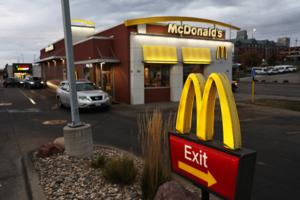
McDonald's sued over Hispanic scholarship program one week after rolling back some diversity goals
An anti-affirmative action group has sued McDonald’s over a scholarship program for Hispanic and Latino students a week after the company said it was ending some of its corporate diversity, equity and inclusion practices.
The lawsuit, which alleges the scholarship program unlawfully discriminates against students of other races and ...Read more

Commentary: Don't let the data fool you -- The US is failing working women
The U.S. economy notched a welcome, if puzzling, milestone in 2024 when the labor force participation rate among prime-age women — 25 to 54 — rose to a record 78.4%, increasing about five percentage points from a decade earlier.
This is unambiguously good, as more workers equals a bigger economy. The reason it’s perplexing is that many ...Read more

Starbucks limits use of cafes, bathrooms to paying customers
Starbucks Corp. reversed a policy allowing anyone, even those who hadn’t purchased anything, to use its cafes, patios and restrooms.
The company issued a new code of conduct as part of its plan to make stores more welcoming and win back consumers, Starbucks said in an emailed statement.
Implementing such a code “is something most ...Read more

Naomi Ishisaka: Big companies backtrack on DEI -- with a notable northwest exception
If we thought 2024 was bad for efforts to make schools and workplaces more inclusive, it’s looking even worse in 2025.
When I last wrote about attacks on diversity, equity and inclusion about a year ago, anti-DEI sentiment was definitely gaining steam, but we hadn’t yet seen widespread implementation of that sentiment as we did over the ...Read more

Florida couple plans new business, relishes 'American dream' despite political frustration
Bowen Kou came to the United States from China in 2009 to attend Michigan State University, eager to learn and ready to work.
As a 19-year-old, Kou started a business buying and selling used books to other students.
Three years later, according to the Spartan Newsroom student newspaper, he was “famous among Chinese MSU students” because he...Read more
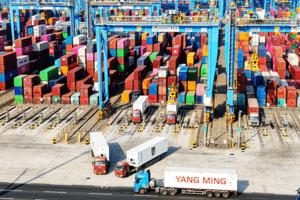
Rolling US tariffs would be 'problematic' for Fed, UBS says
A decision by U.S. President-elect Donald Trump to ramp up tariffs gradually once he takes office would be “problematic” for the Federal Reserve as it battles the last-mile of inflation, according to Arend Kapteyn at UBS AG.
“We think of tariffs as a one-off price level shift and then it goes away a year later, and then provided it’s ...Read more
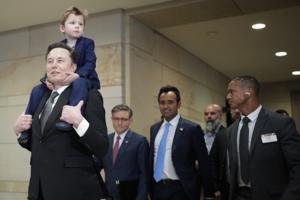
China discusses sale of TikTok US to Musk as one possible option
Chinese officials are evaluating a potential option that involves Elon Musk acquiring the U.S. operations of TikTok if the company fails to fend off a controversial ban on the short-video app, according to people familiar with the matter.
Beijing officials strongly prefer that TikTok remains under the ownership of parent ByteDance Ltd., the ...Read more
Popular Stories
- US hiring picks up in December; wildfires add to cloudy jobs outlook for California
- Eggs are scarce. Prices are up. This family egg farm is the new hot spot
- McDonald's sued over Hispanic scholarship program one week after rolling back some diversity goals
- Commentary: Don't let the data fool you -- The US is failing working women
- Mega data centers are coming to Minnesota. Their power needs are staggering




